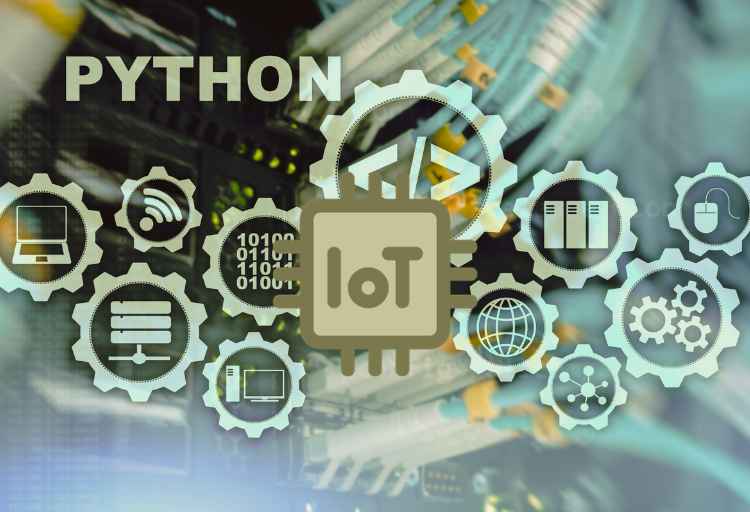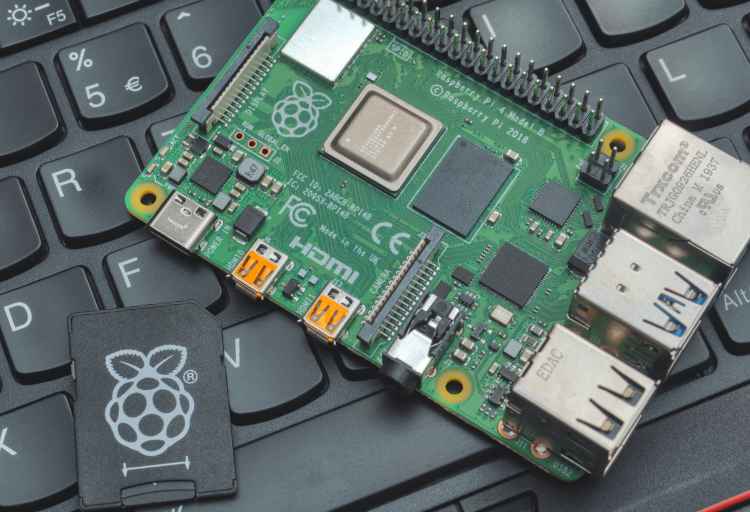What Is IoT Remote Monitoring?
The world is becoming increasingly connected, and one of the driving forces behind this connectivity is the Internet of Things (IoT).
IoT technology has permeated various aspects of our lives, from smart homes to industrial automation. Among the many applications of IoT, one that stands out is IoT remote monitoring.
Contents
What is IoT Remote Monitoring?
IoT remote monitoring is a cutting-edge technology that enables the real-time monitoring and management of devices, systems, or assets from a remote location through the Internet.
It leverages a network of interconnected sensors, devices, and cloud-based platforms to collect and transmit data, providing valuable insights and control over remote assets.
This technology is not limited to any specific industry; it finds applications in healthcare, agriculture, manufacturing, transportation, energy, and more.
Whether it’s monitoring the vital signs of patients in a hospital, tracking the performance of industrial machines, or managing smart cities’ infrastructure, IoT remote monitoring has a broad range of applications.
How IoT Remote Monitoring Works
1. Sensor Deployment
IoT remote monitoring begins with the deployment of sensors or devices equipped with various sensors, such as temperature sensors, cameras, GPS modules, or environmental sensors. These sensors collect data relevant to the monitored asset or system.
2. Data Transmission
The collected data is transmitted to a central hub or gateway using wireless communication protocols like Wi-Fi, cellular, or Low Power Wide Area Networks (LPWANs). This hub acts as a bridge between the sensors and the cloud.
3. Cloud-Based Platform
Once the data reaches the central hub, it is forwarded to a cloud-based platform, where it is stored, processed, and analyzed in real-time. Cloud computing provides the scalability and computing power required to handle vast amounts of data.
4. Data Analysis and Visualization
In the cloud, advanced analytics algorithms process the data, identifying patterns, anomalies, and trends. Users can access this information through user-friendly dashboards and mobile applications, providing real-time insights and alerts.
5. Remote Control
One of the defining features of IoT remote monitoring is the ability to remotely control the monitored assets or systems. Based on the insights gained from the data, users can make informed decisions and even take actions remotely, such as adjusting settings, initiating maintenance, or shutting down systems if necessary.
Benefits of IoT Remote Monitoring
IoT remote monitoring offers a myriad of benefits across various industries:
1. Increased Efficiency
Real-time data and insights enable proactive maintenance, reducing downtime and preventing costly breakdowns in industries like manufacturing and logistics.
2. Improved Safety
In sectors such as healthcare, IoT remote monitoring enhances patient safety by continuously monitoring vital signs and promptly alerting healthcare providers to any anomalies.
3. Cost Savings
Efficient resource management and reduced operational costs are achieved by optimizing processes based on data-driven insights.
4. Enhanced Decision-Making
Data analytics provide actionable insights, aiding in better decision-making, resource allocation, and strategic planning.
5. Environmental Benefits
By optimizing energy consumption and resource utilization, IoT remote monitoring contributes to sustainability efforts and reduces the environmental footprint.
Applications of IoT Remote Monitoring
IoT remote monitoring has found applications in various sectors:
Healthcare
In the healthcare industry, IoT remote monitoring is used for continuous patient monitoring, medication adherence tracking, and telemedicine.
Agriculture
Farmers utilize IoT remote monitoring for soil quality analysis, weather forecasting, and livestock tracking, improving crop yields and animal health.
Manufacturing
In manufacturing, IoT remote monitoring ensures machine uptime, quality control, and supply chain optimization.
Energy and Utilities
Utilities leverage IoT remote monitoring to manage energy grids, detect leaks, and optimize power distribution.
Smart Cities
In smart cities, IoT remote monitoring helps manage traffic flow, reduce energy consumption, and enhance public safety.
Challenges and Concerns
Despite its immense potential, IoT remote monitoring faces several challenges and concerns:
Security and Privacy
The vast amount of data collected and transmitted raises concerns about data security and privacy breaches.
Interoperability
Ensuring compatibility and seamless integration among various IoT devices and platforms is an ongoing challenge.
Scalability
Scaling IoT solutions to accommodate the increasing number of connected devices requires robust infrastructure and management capabilities.
Data Overload
Managing and analyzing the sheer volume of data generated by IoT devices can be overwhelming without advanced analytics tools.
Future Trends in IoT Remote Monitoring
The future of IoT remote monitoring looks promising:
Edge Computing
Edge computing will enable data processing closer to the source, reducing latency and bandwidth requirements.
AI and Machine Learning
Advanced AI and machine learning algorithms will enhance predictive analytics and anomaly detection.
5G Connectivity
The rollout of 5G networks will facilitate faster and more reliable data transmission, enabling real-time monitoring in remote locations.
Blockchain Integration
Blockchain technology will play a role in securing data and ensuring the integrity of IoT device communications.
Conclusion
IoT remote monitoring is a transformative technology with vast potential to improve efficiency, safety, and sustainability across industries.
By harnessing the power of interconnected sensors, real-time data analytics, and remote control capabilities, organizations can make informed decisions and optimize operations like never before.
While challenges exist, ongoing innovations in security, scalability, and data processing are paving the way for a brighter future with IoT remote monitoring.
FAQs
Is IoT remote monitoring secure?
Yes, IoT remote monitoring prioritizes security through encryption and authentication measures. However, it’s essential to implement robust security protocols to protect against potential threats.
What industries benefit the most from IoT remote monitoring?
IoT remote monitoring is beneficial across various industries, including healthcare, agriculture, manufacturing, energy, and smart cities. Each sector can leverage its capabilities to enhance operations and decision-making.
How does IoT remote monitoring contribute to sustainability?
By optimizing resource utilization and energy consumption, IoT remote monitoring promotes sustainability by reducing waste and environmental impact.
What is the role of edge computing in IoT remote monitoring?
Edge computing brings data processing closer to the source, reducing latency and enabling real-time insights, making it a crucial component of IoT remote monitoring’s future.






